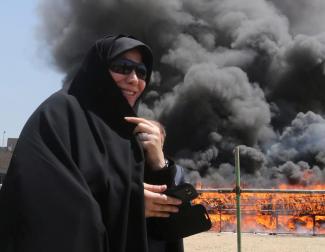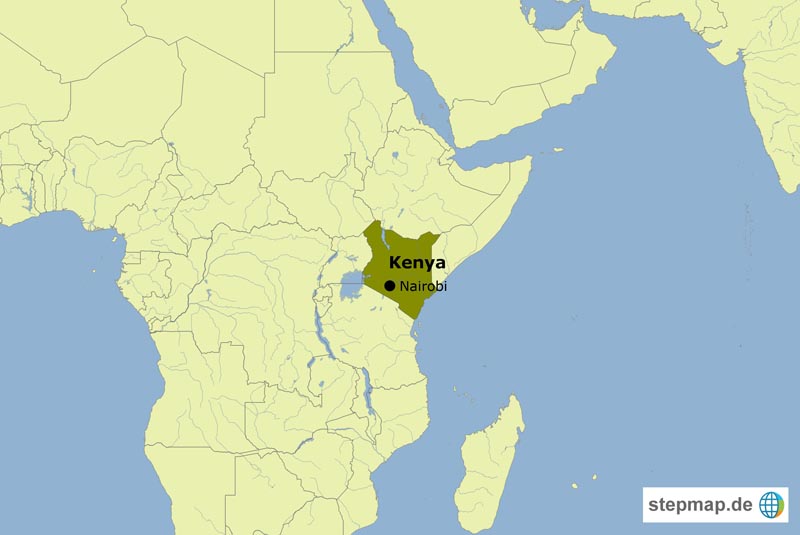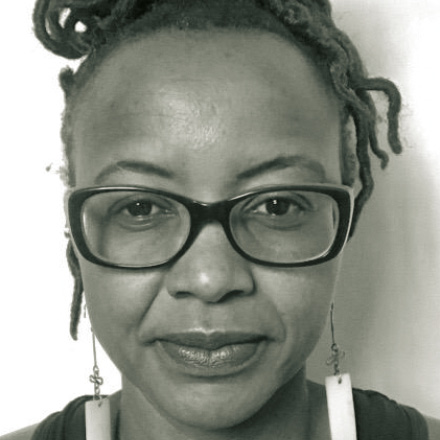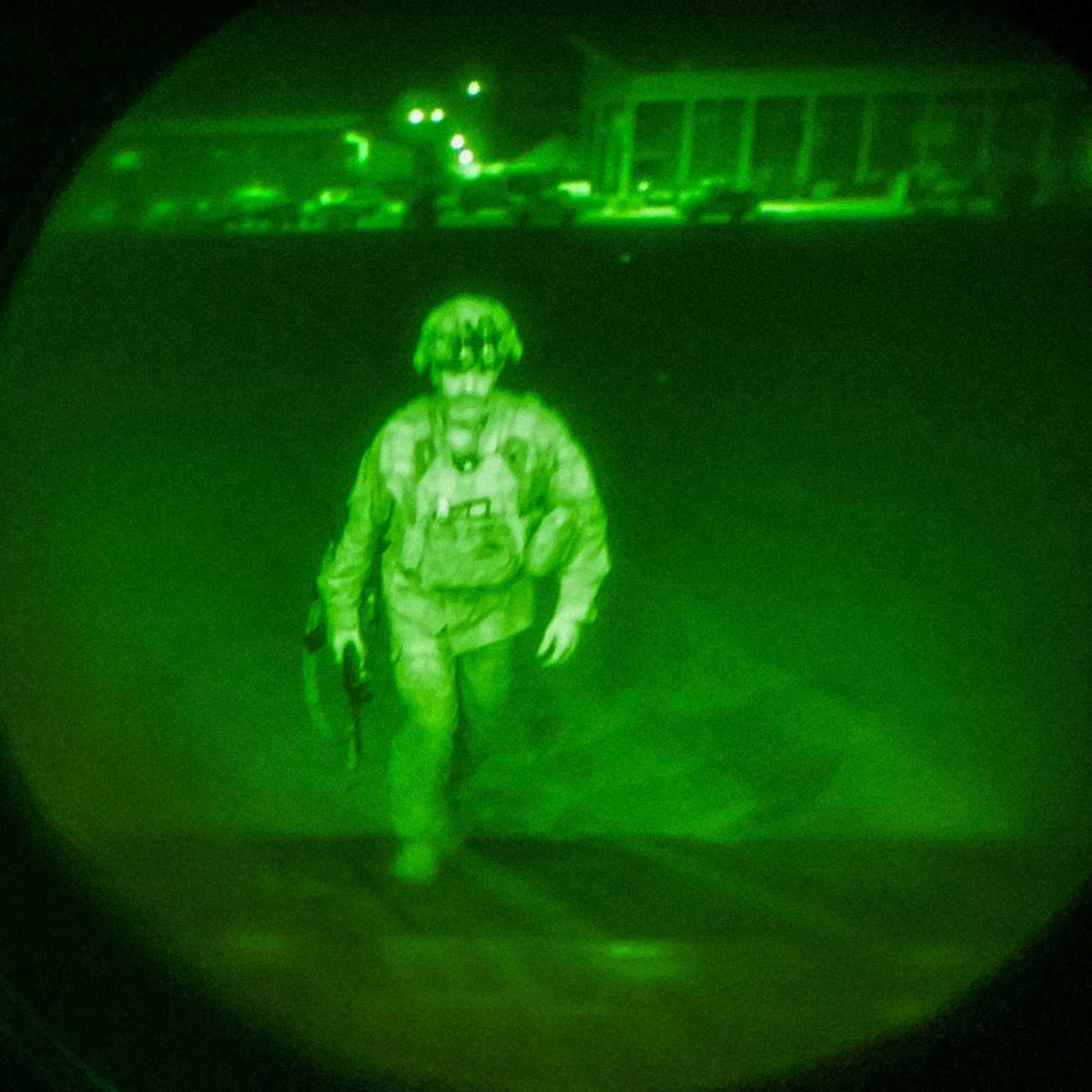Narcotics
“Gravest social malady”

The local reports and statistics indicate that Iran’s government has failed to adequately address what has become a looming crisis. The UN Office on Drugs and Crimes considers the situation to be one of the most serious internationally. Opiates are the main cause of concern.
Every once in a while, drug-related issues in Iran make local or even international headlines. The complex drugs crisis has many aspects. In June 2017, Iran’s Drug Control Headquarters reported that, according to a representative survey, the number of drug addicts was between 2.8 million to 3 million people of the ages 15 to 65 years. Observers believe the real number to be even higher, but the official data indicated that narcotics abuse had doubled in six years. In August 2018, a member of the Iranian parliament’s Social Affairs Committee revealed that some addicts in Iran are merely 11 years old.
Indeed, one trend is that drug abuse is spreading among women and children. Sometimes, addicted women even give birth to addicted infants. The newborns tend to live very short lives or struggle with the difficult recovery process.
Typically, older addicted children are from poor families who live in impoverished areas on the outskirts of metropolitan cities. They are constantly exposed to narcotics, and some of them are used by their families to sell drugs or procure them for their parents.
Poverty probably pushes many people towards narcotics abuse, but not all addicts are poor. The escalation of Iran’s drug problem seems like a national epidemic, affecting people of different backgrounds. To some extent, the middle classes may use drugs for recreational purposes, but hopelessness seems to be an important issue. Despair is widespread and believed to be growing because people lack economic and political prospects. Economic hardship, which is believed to result from decades of mismanagement and corruption as well as international sanctions, has a strong psychological impact on society.
Another important factor is Iran’s geographical location. The country is close to the hub of the world’s opium production. Afghanistan has about 90 % of the world’s poppy harvest, and opiates are smuggled from there to all other countries. Iran shares 921 kilometres of porous borders with Afghanistan. Transit routes run through Iran, and various narcotics are easily available.
According to Parviz Afshar, the spokesperson of Iran’s Drug Control Headquarters, opium is the most widely used narcotic in Iran, accounting for about two thirds of the amounts consumed. Marihuana and its derivatives have replaced methamphetamine in second place with about 12 % of drug use.
It is believed that cannabis and its offshoots are more commonly used by younger people, who also seem to speak more openly about it than those who use other drugs. Abbas Deylamizadeh, the head of the Rebirth Charity Society, believes that the open discussions about cannabis on social media and legalisation in parts of the western world have contributed to its popularity in Iran. Another reason may be that people can grow marihuana plants at home.
Policy changes
Since the revolution in 1979, the Iranian government has been trying to eradicate the production and use of narcotics as well as alcoholic beverages. They are all forbidden under the country’s Islamic laws. The laws are tough and have been enforced vigorously. Until last year, the zero-tolerance policy against drug-offenders officially included capital punishment for anyone possessing even small amounts of hard drugs like heroin or cocaine. In the past decades, thousands of criminals were arrested and executed. Recent statistics and reports show, however, that this rigid policy was not successful.
Indeed, the drug crisis only became worse.
In the late 1990s, non-governmental organisations began to deal with drug-related issues as social and medical problems rather than as criminal offenses. At the time, Mohammad Khatami, the reformist president, was in office. More recently, the government itself has begun to take a similar approach. For example, it has now allocated budget money for setting up rehabilitation centres for children. Iran probably needs more rehab facilities, but these are steps in the right direction.
Last year, the government of President Hassan Rouhani got the Parliament and the Guardian Council to pass an amendment to the existing drug laws. This reform abolished the death penalty for some drug-offenders. According to estimates, the lives of about 4,000 prisoners on death row were thus saved. Nonetheless, capital punishment is still in place for offenders who possess or traffic at least two kilos of hard drugs or 50 kilos of opium or cannabis. Repeat offenders will also be sentenced to death.
Another change is that the government may now distribute diluted drugs to addicts. Hassan Norouzi, the spokesperson for the Parliament’s Judicial and Legal Commission, emphasised the need to “cut off the relationship between drug-addicts and narco-traffickers”. The idea is that addicts will gradually give up their addiction instead of staying dependent on criminals. Similar rules were in force before the revolution, according to Norouzi.
All in all, Iran’s drug crisis seems to have its roots in the country’s economic, social and cultural problems. If it is to be dealt with properly, the government may need to address those issues first. As Saeid Sefatian, a member of Iran’s Expediency Council, which gives advice to Supreme Spiritual Leader Ayatollah Khamenei, has put it: “Drug addiction is Iran’s gravest social malady and the government should treat it with a more serious and professional approach.”
Mitra Shahrani is a master’s student in International Migration and Ethnic Relations at Malmö University, Sweden. She is also a freelance journalist.
mitra.mshahrani@gmail.com













